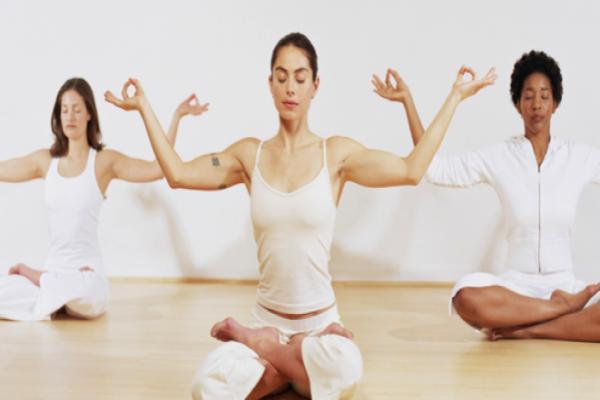Become A Yoga Teacher Starting At Only $2295.
What is Prana
One of the most common questions we get when teaching yoga teacher trainings (ytt), be it Vancouver or Victoria: What is prana?
Prana is the vital life force that animates all creation. If flows subtly throughout every being as well as the entire cosmos. Pranayama is a collection of exercises designed to control the Prana in our own bodies.
Nadis
The human body contains 72000 Nadis, or energy channels. Through these channels the various types of Prana can flow. However, due to lack of awareness of Prana and unhealthy habits, some of these channels are blocked in most people.
Prana enters the body through the breath, and through intentional breathing sequences ones Prana can be moved and increased.
Pranayama is therefore “Breath Control”. Although breath and Prana are not identical, they are intimately connected. Pranayama is also used to clear Nadis and Chakras. When Nadis or Chakras are blocked it can result in mental and physical disharmony.
Types
There are 5 different types of Prana, each with its own workings and exercises. Specific Pranayama practices balance and regulate each type of Prana to ensure mental and physical wellbeing.
Such practices also have accompanying Mudras, or hand postures. These postures create completed Nadi circuits so that prana can be channeled with intention.
The whole of Pranayama promotes physical and mental wellbeing, however there is a subtler benefit. When one learns to increase and control Prana, they are effectively increasing their level of conscious energy.
Energy
An increase of this energy, flowing throughout the body has a profound healing effect. This effect is not limited to the body, as Prana can heal all levels of the human form. Deeper emotional awareness, and the removal of karmic blocks can be achieved through consistent a Pranayama practice.
Pranayama is so crucial to Yogic attainment that it exists as one of the 8 foundational branches of Ashtanga Yoga. Each of these branches is essential to achieve the purpose of Yoga. No one element is more important than the next, so remember to include Pranayama at the beginning of your next Asana practice!






